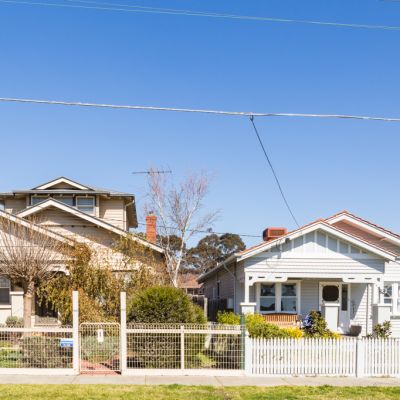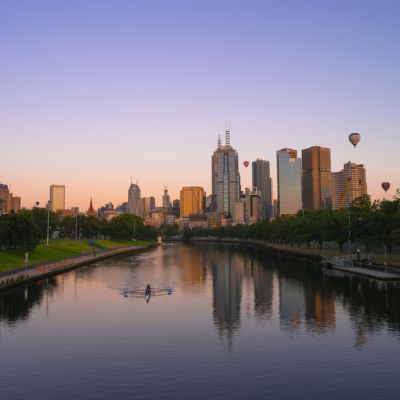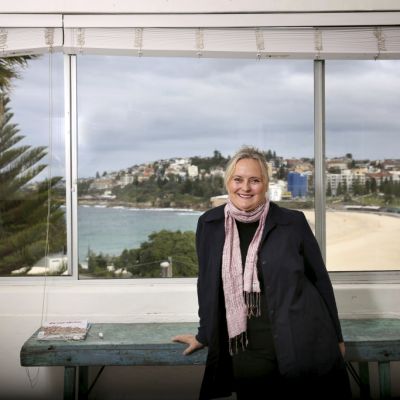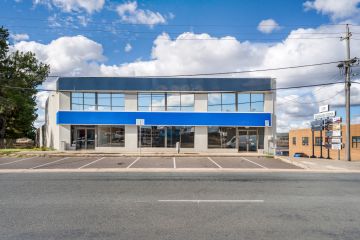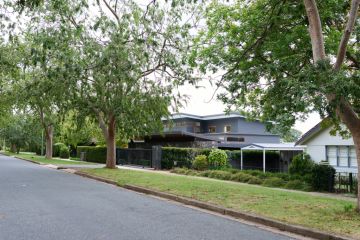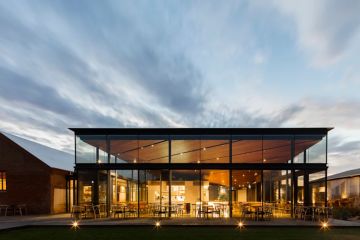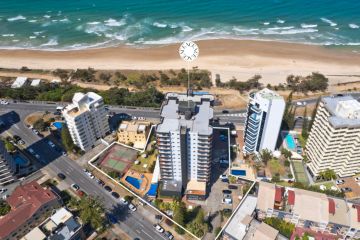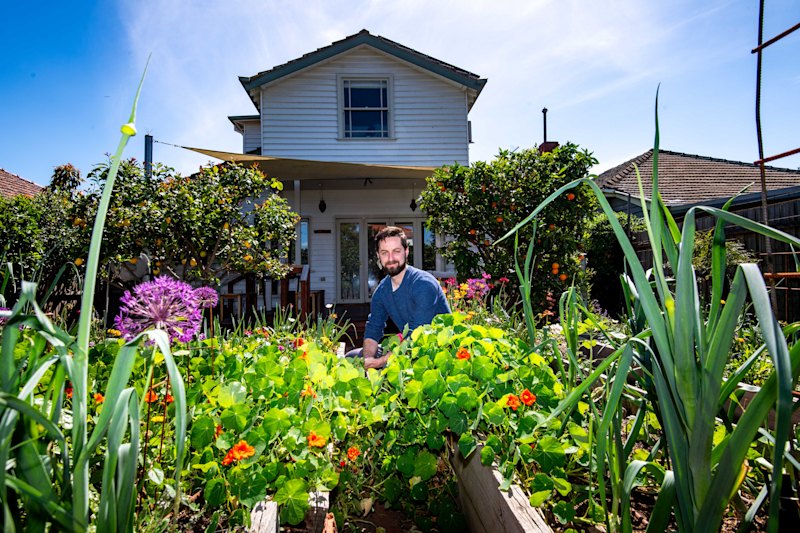Regional cities tipped to have strongest housing price growth over the next year: expert
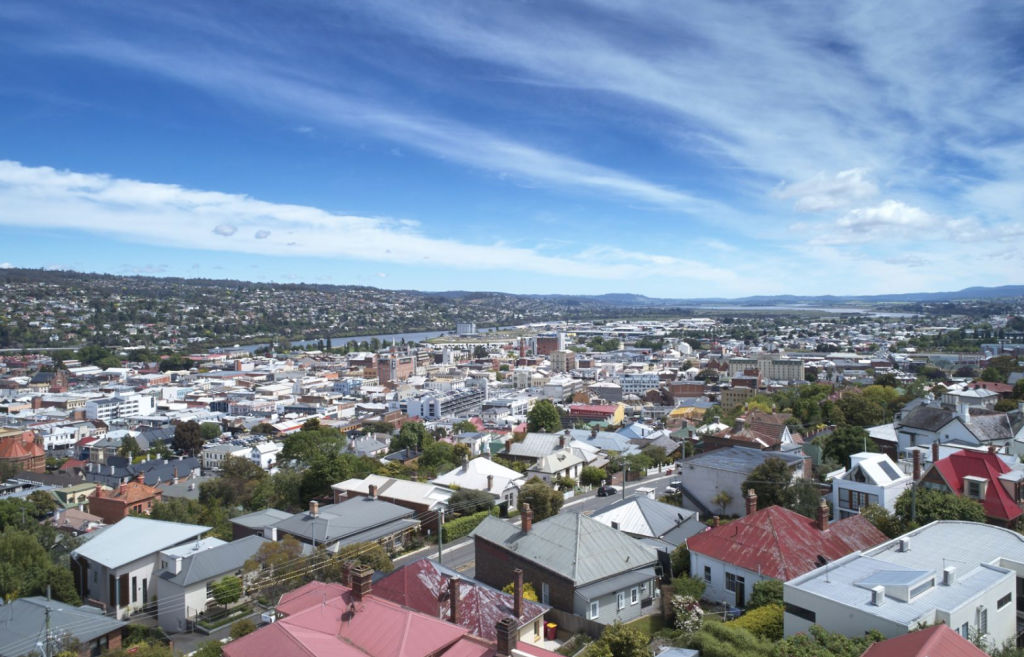
Launceston’s housing market has been called the “strongest in the country” with new research showing the Tasmanian city’s property values have grown by 20 per cent over the past 18 months.
The city outperformed the major capitals across the country, some of which posted double-figure price falls over the same time.
The outlook for Sydney and Melbourne was predicted to be a prolonged period of very little capital growth and low rental yields.
The analysis, from buyer’s agents Propertyology, included Australia’s 500-plus municipalities and took into account major indicators, such as the average time to sell a dwelling, the volume of dwellings sold, vacancy rates, and several employment metrics.
Head of research with Propertyology Simon Pressley said the analysis revealed regional cities were likely to have the strongest growth over the next 12 months, mainly because affordability made them attractive to buyers.
But it was only a part of the equation for their success.
“The rebound in commodity prices that commenced a few years ago, as well as more recently in jobs growth, [is] now showing through in other property metrics,” he said.
“One such example is the New South Wales university city of Armidale in the New England region.
“It has already seen a significant reduction in real estate selling times, tightening vacancy rates, and has an admirable list of major projects, which is fuelling job growth and community confidence.
“The median house price in Armidale has increased by an impressive annual average of 6.2 per cent over the past 20 years and still sits at an affordable $350,000.”
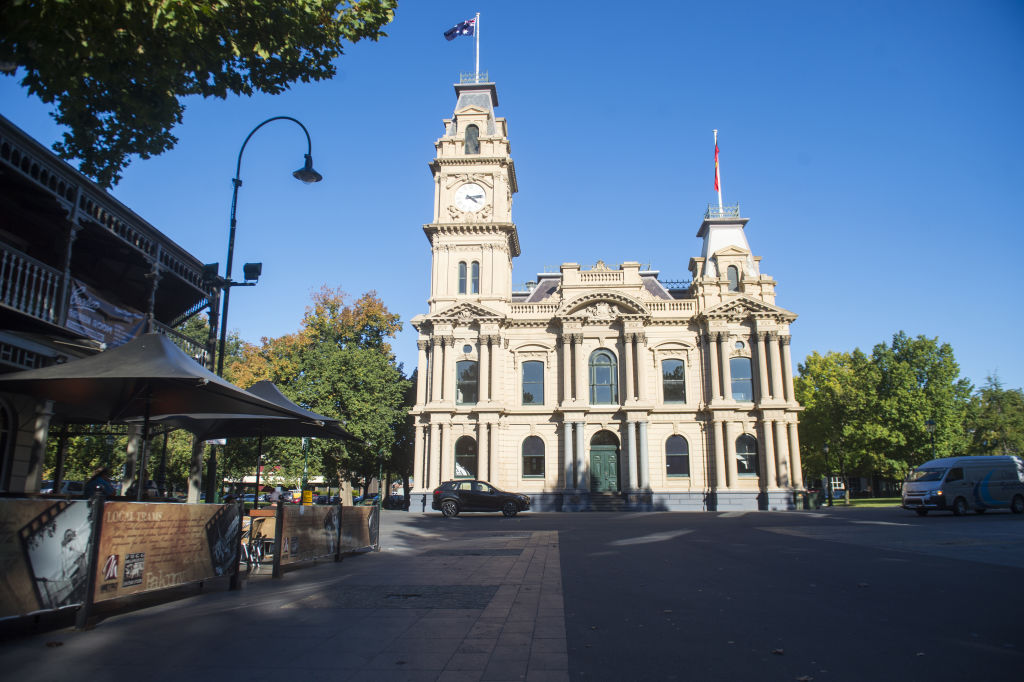
Mr Pressley said regional property markets in gold and copper mining towns are strengthening including Mount Isa and Charters Towers [In Queensland], Orange and Cobar [in NSW], Swan Hill and Bendigo [in Victoria] and Kalgoorlie [in Western Australia] and Roxby Downs [in South Australia].
While regional areas were proving to have stronger markets than the capitals, investors may take a bit more convincing to buy there, he said.
“Investing in the regions is not default behaviour for many people. But if they have an acute interest in the property market, then their attitude would have changed in the past few years,” Mr Pressley said.
“The average person with no interest in the property market will assume the big city means better investment.”
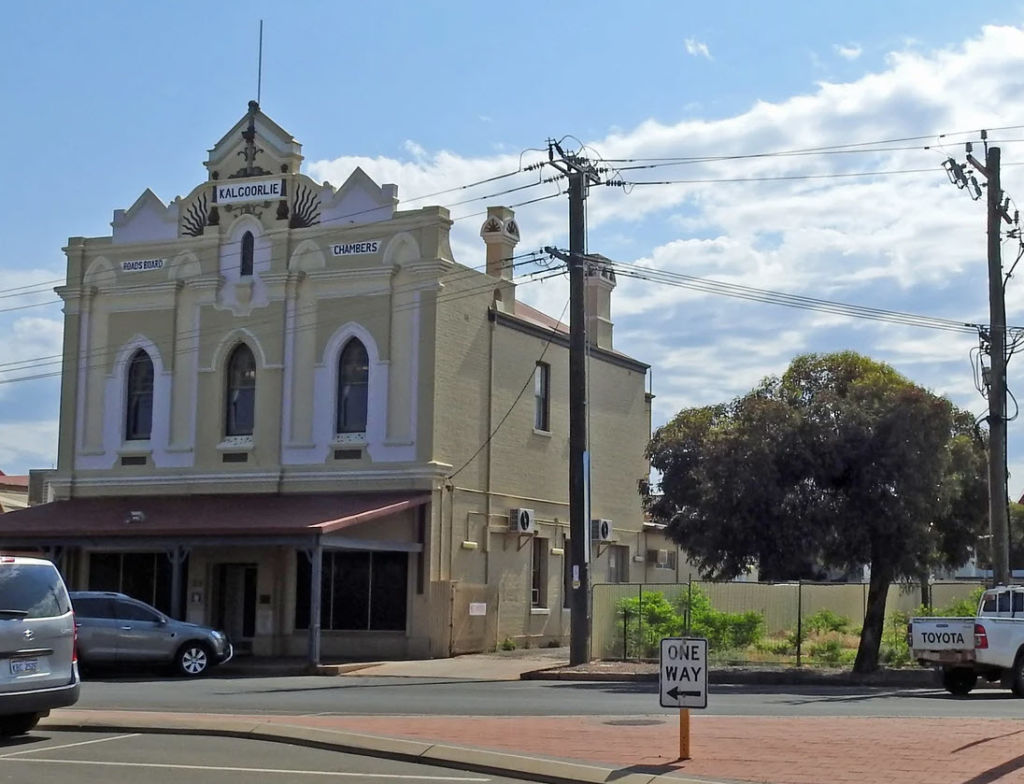
The property market across Australia has been bolstered in 2019 by the federal election outcome, cuts to interest rates, banks relaxing lending rules and improving sentiment from buyers.
“The analysis found that the fundamentals of Hobart and Canberra continue to be the best of all capital cities with recent positive macro changes for their property sectors likely to see their price growth rates accelerate,” Mr Pressley said.
“Perth, Brisbane and Adelaide are all at the right stage of the property cycle with balanced supply and housing affordability.
“While Propertyology believes they will all produce some growth over the next 12 months, it’s unlikely to be anything spectacular until there is tangible proof of a meaningful lift of private-sector job growth.”
The research showed Sydney’s dwelling values had now fallen to June 2015 levels while Melbourne’s were sitting at October 2016 levels.
“While recent auction clearance rates have been strong, the volume of transactions is too small a sample size to be basing bold predictions on,” Mr Pressley said.
In June, Domain’s Property Price Forecast predicted house and unit prices in capital cities would enjoy some modest growth in 2020.
Domain economist Trent Wiltshire said at the time that the impact of lower interest rates was likely to be smaller than in the past, with affordability still a problem, wages growth sluggish and households cautious about taking on more debt.
Sydney house prices were expected to have the strongest results, with an anticipated 3 to 5 per cent increase in prices next year.
In Melbourne, medians were predicted to lift by 1 per cent by the end of the year, with an expected 1 to 3 per cent rise for houses and up to 2 per cent for units next year.
Meanwhile, Brisbane’s prices were expected to pick up by as much as 5 per cent in 2020, while Canberra’s would grow by between 4 to 6 per cent.
We recommend
We thought you might like
States
Capital Cities
Capital Cities - Rentals
Popular Areas
Allhomes
More
